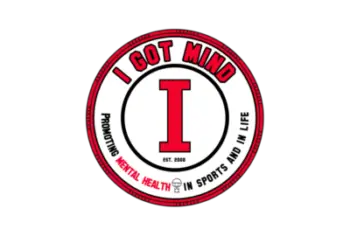Post credit, our friends at: The Centre for Suicide Prevention
This is a summary of the latest significant Canadian ( ) and international suicide research we collected in the past month:
) and international suicide research we collected in the past month:
 Canadian Patient Safety Institute & Mental Health Commission of Canada. (2021). Suicide risk assessment toolkit: A resource for healthcare workers and organizations.
Canadian Patient Safety Institute & Mental Health Commission of Canada. (2021). Suicide risk assessment toolkit: A resource for healthcare workers and organizations.
We typically do not include items from the grey literature, but we thought this new resource was deserving of attention. It is an accessible compilation of selected risk assessment tools. Accompanying text include current best practices culled from the research for risk assessment use. This is a major overhaul of a previous edition (2011).
Hvidkjaer, K., et al. (2020). People exposed to suicide attempts: Frequency, impact, and the support received. Suicide and Life-Threatening Behavior. 1–11. DOI: 10.1111/sltb.12720. A Danish population-based online survey suggesting that suicide attempts affect those exposed to them in more significant ways than previously thought.
Abstract – Objective: Little is known about people who have been exposed to a suicide attempt by someone they know. The purpose of this study was to examine how many people have been exposed to a suicide attempt by someone they knew and whether the exposure was associated with general well‐being and suicidal ideation. Method: A population‐based online survey was conducted during 2019 in Denmark (n = 6,191). The associations between exposures to suicide attempt and general well‐being (WHO‐5) and suicidal ideation (Suicidal Ideation Attributes Scale) were examined using linear regression analyses. Results: Overall, 24.6% reported having experienced a suicide attempt by someone they knew. Of those, 46.5% had experienced a suicide attempt of a close relation and this group reported having been more affected by the event. Those exposed scored lower on general well‐being (b: −3.0; 95% CI: −4.2 to −1.8; p > 0.001) and higher on suicidal ideation (b: 1.6; 95% CI: 1.3 – 1.9; p = 0.001) than those not exposed. Half of the exposed reported not having received sufficient support after the event. Conclusion: Suicide attempt affects a substantial share of the population, and it might be relevant to ensure that support is available for those exposed perceived to be in need of support.
 Leenaars, A., Dieserud, G., & Wenckstern, S. (2020). The mask of suicide. Archives of Suicide Research. DOI: 10.1080/13811118.2020.1851832
Leenaars, A., Dieserud, G., & Wenckstern, S. (2020). The mask of suicide. Archives of Suicide Research. DOI: 10.1080/13811118.2020.1851832
Veteran Canadian sucidologist Antoon Leenaars uses tools of the Psychological Autopsy (PA) to investigate the prevalence of dissembling or “masking” among suicidal decedents. This was a study of 120 survivors/informants in Norway.
Abstract – Although it has been stated that the majority of suicidal people give definite warnings of their suicidal intention, a percentage of suicidal people may dissemble (or mask), possibly 20%. The aim of this psychological autopsy (PA) study was to explore the mask of suicide, examining age and sex of the decedent, and survivors’ relationship to the deceased. A PA study in Norway, with 120 survivors/informants, was undertaken. Overall, 80% of informants reported manifest and/or latent content of deception (dissembling); well above the 20% suggested. Three main themes emerged from the interviews of the 95 survivors that were related to the mask. In the opinion of the bereaved, reasons for the mask were due to: 1) Inability to adjust/ impairment; 2) Relational problems; and 3) Weakened resilience. Differences in masking or (self) deception were found in the age of the decedent, but not in sex, nor in the survivors’ closeness of the relationship. Older deceased people were perceived to exhibit more dissembling, associated to the suicide. Limitations are noted in this beginning study into the mask of suicide, and it is concluded that much greater research is needed to unmask the dangerous dissembling, maybe in some, self-deception.
 Zortea, T., et al. (2020). The impact of infectious disease-related public health emergencies on suicide, suicidal behavior, and suicidal thoughts: A systematic review. Crisis. DOI: 10.1027/0227-5910/a000753
Zortea, T., et al. (2020). The impact of infectious disease-related public health emergencies on suicide, suicidal behavior, and suicidal thoughts: A systematic review. Crisis. DOI: 10.1027/0227-5910/a000753
A Canadian comprehensive systematic review analyzing the impacts of epidemics on suicide-related outcomes. 8 studies, published between 1992 and 2017, were identified and investigated.
Abstract – Background: Infectious disease-related public health emergencies (epidemics) may increase suicide risk, and high-quality evidence is needed to guide an international response. Aims: We investigated the potential impacts of epidemics on suicide-related outcomes. Method: We searched MEDLINE, EMBASE, PsycInfo, CINAHL, Scopus, Web of Science, PsyArXiv, medRxiv, and bioRxiv from inception to May 13–16, 2020. Inclusion criteria: primary studies, reviews, and meta-analyses; reporting the impact of epidemics; with a primary outcome of suicide, suicidal behavior, suicidal ideation, and/or self-harm. Exclusion criteria: not concerned with suicide-related outcomes; not suitable for data extraction. PROSPERO registration: #CRD42020187013. Results: Eight primary papers were included, examining the effects of five epidemics on suicide-related outcomes. There was evidence of increased suicide rates among older adults during SARS and in the year following the epidemic (possibly motivated by social disconnectedness, fears of virus infection, and concern about burdening others) and associations between SARS/ Ebola exposure and increased suicide attempts. A preprint study reported associations between COVID-19 distress and past-month suicidal ideation. Limitations: Few studies have investigated the topic; these are of relatively low methodological quality. Conclusion: Findings support an association between previous epidemics and increased risk of suicide-related outcomes. Research is needed to investigate the impact of COVID-19 on suicide outcomes.
Too, L.S., & Spittal, M.J. (2020). Suicide clusters among top 10 high-risk occupations: A study from 2001 to 2016 in Australia. The Journal of Nervous and Mental Disease, 208(12), 942-946. DOI: 10.1097/NMD.0000000000001234
An Australian study looks at the potential role suicide clusters may have on rates of suicide for at-risk occupational groups.
Abstract – A number of studies have demonstrated elevated risk of suicide in certain occupational groups. We seek to understand a possible new risk factor: suicide contagion, as demonstrated through a suicide cluster analysis. National-level coronial data and census population data were used for the study. We calculated suicide rates to identify “risky” occupations. SaTScan .1 was used to perform Poisson discrete scan statistic. Suicides occurring in arts and media professionals, construction, manufacturing, and skilled animal and horticultural workers seemed to cluster in time and/or space. Those working in construction settings were at risk of being in both time and space clusters.
 Grzeda-Isenberg, E., et al. (2020). Suicide attempt after determination of ineligibility for assisted death: A case series. Journal of Pain Symptom Management, 60(1), 158-163. DOI: 10.1016/j.jpainsymman.2020.02.016
Grzeda-Isenberg, E., et al. (2020). Suicide attempt after determination of ineligibility for assisted death: A case series. Journal of Pain Symptom Management, 60(1), 158-163. DOI: 10.1016/j.jpainsymman.2020.02.016
Three case studies are presented of patients who attempted suicide after being deemed ineligible for Medical Assistance in Dying (MAID) in Canada. None met the current requirements of having a serious illness, experiencing intolerable suffering, and having a reasonably foreseeable natural death. The authors foresee this period of MAID ineligibility as an emerging category of vulnerability to suicide.
Abstract – Medical assistance in dying (MAID) and similar right-to-die laws are becoming increasingly common in jurisdictions across North America and elsewhere. To be eligible for MAID in Canada, requesters must have a serious illness, intolerable suffering, and a reasonably foreseeable natural death. They must also undergo two assessments to confirm eligibility. Although a growing body of literature now exists to help clinicians understand and support patients around requests for assisted death, a dearth of literature exists on how best to support those patients who are deemed ineligible. Here, we report on a case series of three patients who attempted suicide after being found ineligible for MAID. Two patients were ineligible because they did not appear to have reasonably foreseeable natural death. The third patient was ineligible because of concerns around decisional capacity. All three cases had previous diagnoses of depressive disorders and mild cognitive impairment, and two cases had histories of suicide attempts. In at-risk patients, we speculate that the period surrounding a finding of MAID ineligibility may represent a period of particular vulnerability. Clinicians must be vigilant and prepared for the possibility of heightened risk, including risk of self-harm, after a finding of ineligibility for assisted death.
 El-Magd, R.M.A., et al. (2020). Family members’ perspectives on family and social support available to suicidal patients, and health systems’ interactions and responses to suicide cases in Alberta: Protocol for a quantitative research study. Journal of Medical Internet Research Protocols, 9(11), e19112. DOI: 10.2196/19112. A Canadian protocol for a study of personal, familial, societal, and health systems factors that contribute to suicide deaths in Alberta. It will also look at the supports available for families who have lost members to suicide.
El-Magd, R.M.A., et al. (2020). Family members’ perspectives on family and social support available to suicidal patients, and health systems’ interactions and responses to suicide cases in Alberta: Protocol for a quantitative research study. Journal of Medical Internet Research Protocols, 9(11), e19112. DOI: 10.2196/19112. A Canadian protocol for a study of personal, familial, societal, and health systems factors that contribute to suicide deaths in Alberta. It will also look at the supports available for families who have lost members to suicide.
Abstract – Background: Suicide is a major cause of preventable death globally and a leading cause of death by injury in Canada. To support people who experience suicidal thoughts and behaviors and to ultimately prevent people from dying by suicide, it is important to understand individual and familial experiences with the health care system. Objective: We present the protocol for a study, the objective of which is to explore how people who died by suicide, and their family members, interacted with the health care system. Methods: This is a quantitative research study. Data will be collected through a self-administered paper-based or online survey of the family member of patients who died by suicide. The sample size was calculated to be 385 (margin of error ±3%). Results: Data collection will start in October 2020 and results will be available by March 2021. We expect the results to shed light on the experiences of individuals who died by suicide and their family members with the health care system. The study has received ethical clearance from the Health Ethics Research Board of the University of Alberta (Pro00096342). Conclusions: Our study may inform practice, policy, and future research. The findings may shape how members of the health care system respond to people who are at risk of suicide and their families.
Mak, J., et al. (2020). Suicide attempts among a cohort of transgender and gender diverse people. American Journal of Preventive Medicine, 59(4), 570-577. DOI: 10.1016/j.amepre.2020.03.026. Electronic medical records from an American dataset of individuals who are transgender or gender diverse were analyzed to gauge the prevalence of attempted suicide.
Abstract – Introduction: Transgender and gender diverse people often face discrimination and may experience disproportionate emotional distress that leads to suicide attempts. Therefore, it is essential to estimate the frequency and potential determinants of suicide attempts among transgender and gender diverse individuals. Methods: Longitudinal data on 6,327 transgender and gender diverse individuals enrolled in 3 integrated healthcare systems were analyzed to assess suicide attempt rates. Incidence was compared between transmasculine and transfeminine people by age and race/ethnicity and according to mental health status at baseline. Cox proportional hazards models examined rates and predictors of suicide attempts during follow-up. Data were collected in 2016, and analyses were conducted in 2019. Results: During follow-up, 4.8% of transmasculine and 3.0% of transfeminine patients had at least 1 suicide attempt. Suicide attempt rates were more than 7 times higher among patients aged <18 years than among those aged >45 years, more than 3 times higher among patients with previous history of suicide ideation or suicide attempts than among those with no such history, and 2–5 times higher among those with 1–2 mental health diagnoses and more than 2 mental health diagnoses at baseline than among those with none. Conclusions: Among transgender and gender diverse individuals, younger people, people with previous suicidal ideation or attempts, and people with multiple mental health diagnoses are at a higher risk for suicide attempts. Future research should examine the impact of gender-affirming healthcare use on the risk of suicide attempts and identify targets for suicide prevention interventions among transgender and gender diverse people in clinical settings.
Sharp, L., et al. (2020). Delivering the first internationally accessible Massive Online Open Course (MOOC) on suicide prevention: A case study and insights into best practice. Journal of Perspectives in Applied Academic Practice, 8(2), 72-80. The authors present guidelines of how best to deliver “sensitive and/or controversial topics,” such as suicide prevention, in the context of the Massive Online Open Course (MOOC).
Abstract – To date, little guidance exists on how to design safe and effective online programming on sensitive and/or controversial topics. Massive online open courses (MOOCs) represent a unique opportunity for delivering inclusive and accessible teaching to international learner audiences. This paper provides an insight into designing and delivering the first internationally accessible MOOC on suicide prevention in the global context in 2019-highlighting insights into best practice as well as pertinent challenges. The results from two runs of this MOOC indicate that there appears to be a global demand for education on suicide prevention. Our practice suggests that new knowledge on extremely sensitive topics such as suicide can be safely and effectively delivered through a MOOC to an international community of learners. Learner safety needs to be carefully considered when developing and delivering online learning. Thorough and careful moderation is essential to ensure that learners engage safely and sensitively with the content and with one another. The involvement of diverse stakeholders, including people with lived experience, in the MOOC design is recommended to enhance the authenticity, inclusiveness and rigour of the curriculum.
 Sampasa-Kanyinga, H., et al. (2020). 24-hour movement guidelines and suicidality among adolescents. Journal of Affective Disorders, 274, 372-380. DOI: 10.1016/j.jad.2020.05.096. Data culled from the 2015-2017 Ontario Drug Use and Health Survey of student in grades 7-12 are used to determine if adherence to the 24-hour movement guidelines affects the frequency of suicidal ideation and suicide attempts.
Sampasa-Kanyinga, H., et al. (2020). 24-hour movement guidelines and suicidality among adolescents. Journal of Affective Disorders, 274, 372-380. DOI: 10.1016/j.jad.2020.05.096. Data culled from the 2015-2017 Ontario Drug Use and Health Survey of student in grades 7-12 are used to determine if adherence to the 24-hour movement guidelines affects the frequency of suicidal ideation and suicide attempts.
Abstract – Background: The 24-hour movement guidelines for children and youth recommend ≥60 min/day of moderate-to-vigorous physical activity, ≤2 h/day of screen time, 9-11 h/night of sleep for 11-13 years and 8-10 h/night for 14-17 years. The objectives of this study were to examine the associations between meeting combinations of the recommendations contained within the 24-hour movement guidelines for children and youth and suicidal ideation and suicide attempts, and test whether age and gender moderate these associations. Methods: Data on 10,183 students were obtained from the 2015-2017 Ontario Student Drug Use and Health Survey, a representative cross-sectional survey of Ontario students in grades 7-12 (mean [SD] age, 15.2 [1.8] years). Results: Suicidal ideation and suicide attempts were reported by 13.1% and 3.3% of students, respectively. Meeting individual recommendations or combinations of recommendations were differentially associated with suicidal ideation and suicide attempts between adolescent boys and girls and younger and older (three-way interactions statistically significant for both outcomes). Meeting all 3 recommendations was associated with lower odds of suicidal ideation (OR: 0.24, 95% CI: 0.09 – 0.69) and suicide attempts (OR: 0.08, 95% CI: 0.02 – 0.41) among boys aged 15 to 20 years, but not those aged 11 to 14 years nor girls in both age groups. Limitations: The cross-sectional nature of the data precludes causal inferences and there is possibility of bias related to self-reports. Conclusions: These findings suggest that adherence to the 24-hour movement guidelines among adolescents is related to lower odds of suicidality in older boys.
Liu, R.T., et al. (2020). Sleep and suicide: A systematic review and meta-analysis of longitudinal studies. Clinical Psychology Review, 81. DOI: 10.1016/j.cpr.2020.101895. A review of 41 studies on the association between sleep disturbances and suicidal thoughts and behaviours.
Abstract – The current review provides a quantitative synthesis of the empirical literature on sleep disturbance as a risk factor for suicidal thoughts and behaviors (STBs). A systematic search of PsycINFO, MEDLINE, and the references of prior reviews resulted in 41 eligible studies included in this meta-analysis. Sleep disturbance, including insomnia, prospectively predicted STBs, yielding small-to-medium to medium effect sizes for these associations. Complicating interpretation of these findings, however, is that few studies of suicidal ideation and suicide attempts, as well as none of suicide deaths, assessed short-term risk (i.e., employed follow-up assessments of under a month). Such studies are needed to evaluate current conceptualizations of sleep dysregulation as being involved in acute risk for suicidal behavior. This want of short-term risk studies also suggests that current clinical recommendations to monitor sleep as a potential warning sign of suicide risk has a relatively modest empirical basis, being largely driven by cross-sectional or retrospective research. The current review ends with recommendations for generating future research on short-term risk and greater differentiation between acute and chronic aspects of sleep disturbance, and by providing a model of how sleep disturbance may confer risk for STBs through neuroinflammatory and stress processes and associated impairments in executive control.
Sandford, D.M., et al. (2020). The impact on mental health practitioners of the death of a patient by suicide: A systematic review. Clinical Psychology and Psychotherapy. DOI: 10.1002/cpp.251554 studies are analyzed in this systemic review. Quantitative and qualitative research is examined which focuses on the effects that losing a patient to suicide has on mental health professionals.
Abstract – There is a growing body of research investigating the impact on mental health professionals of losing a patient through suicide. However, the nature and extent of the impact is unclear. This systematic review synthesizes both quantitative and qualitative studies in the area. The aim was to review the literature on the impact of losing a patient through suicide with respect to both personal and professional practice responses as well as the support received. A search of the major psychological and medical databases was conducted, using keywords including suicide, patient, practitioner, and impact, which yielded 3,942 records. Fifty‐four studies were included in the final narrative synthesis. Most common personal reactions in qualitative studies included guilt, shock, sadness, anger, and blame. Impact on professional practice included self‐doubt and being more cautious and defensive in the management of suicide risk. As quantitative study methodologies were heterogeneous, it was difficult to make direct comparisons across studies. However, 13 studies (total n = 717 practitioners) utilized the Impact of Event Scale, finding that between 12% and 53% of practitioners recorded clinically significant scores. The need for training that is focused on the impact of suicides, and the value placed upon informal support was often cited. The experience of losing a patient through suicide can have a significant impact on mental health professionals, both in terms of their personal reactions and subsequent changes to professional practice. The negative impact, however, may be moderated by cultural and organisational factors and by the nature of support available.
 May, A.M., et al. (2020). Motivations for suicide: Converging evidence from clinical and community samples. Journal of Psychiatric Research, 123, 171-177. DOI: 10.1016/j.jpsychires.2020.02.010. This study looks at The Inventory of Motivations for Suicide Attempts, a self-report measure to assess potential motivations for suicide. Two distinct groups of people who had experienced a suicide attempt – adult psychiatric patients and community participants recruited online – were issued the tool and their responses were analyzed.
May, A.M., et al. (2020). Motivations for suicide: Converging evidence from clinical and community samples. Journal of Psychiatric Research, 123, 171-177. DOI: 10.1016/j.jpsychires.2020.02.010. This study looks at The Inventory of Motivations for Suicide Attempts, a self-report measure to assess potential motivations for suicide. Two distinct groups of people who had experienced a suicide attempt – adult psychiatric patients and community participants recruited online – were issued the tool and their responses were analyzed.
Abstract – Understanding what motivates suicidal behavior is critical to effective prevention and clinical intervention. The Inventory of Motivations for Suicide Attempts (IMSA) is a self-report measure developed to assess a wide variety of potential motivations for suicide. The purpose of this study is to examine the measure’s psychometric and descriptive properties in two distinct populations: 1) adult psychiatric inpatients (n = 59) with recent suicide attempts (median of 3 days prior) and 2) community participants assessed online (n = 222) who had attempted suicide a median of 5 years earlier. Findings were very similar across both samples and consistent with initial research on the IMSA in outpatients and undergraduates who had attempted suicide. First, the individual IMSA scales demonstrated good internal reliability and were well represented by a two factor superordinate structure: 1) Internal Motivations and 2) Communication Motivations. Second, in both samples unbearable mental pain and hopelessness were the most common and strongly endorsed motivations, while interpersonal influence was the least endorsed. Finally, motivations were similar in men and women — a pattern that previous work was not in a position to examine. Taken together with previous work, findings suggest that the nature, structure, and clinical correlates of suicide attempt motivations remain consistent across diverse individuals and situations. The IMSA may serve as a useful tool in both research and clinical contexts to quickly assess individual suicide attempt motivations.
Bantilan, N., et al. (2020). Just in time crisis response: suicide alert system for telemedicine psychotherapy settings. Psychotherapy Research. DOI: 10.1080/10503307.2020.1781952 . A Natural Language Processing (NLP) algorithm is developed to detect suicidal content in written communications from patients to their caregivers. Its utility and applicability in a telehealth context is addressed.
Abstract – Objective: To design a Natural Language Processing (NLP) algorithm capable of detecting suicide content from patients’ written communication to their therapists, to support rapid response and clinical decision making in telehealth settings. Method: A training dataset of therapy transcripts for 1,864 patients was established by detecting patient content endorsing suicidality using a proxy-model anchored on therapists’ suicide prevention interventions; human expert raters then assessed the level of suicide risk endorsed by patients identified by the proxy-model (i.e., no risk, risk factors, ideation, method, or plan). A bag-of-words classification model was then iteratively built using the annotations from the expert raters to detect suicide risk level in 85,216 labeled patients’ sentences from the training dataset. Results: The final NLP model identified risk-related content from non-risk content with good accuracy (AUC = 82.78). Conclusions: Risk for suicide could be reliably identified by the NLP algorithm. The risk detection model could assist telehealth clinicians in providing crisis resources in a timely manner. This modeling approach could also be applied to other psychotherapy research tasks to assist in the understanding of how the psychotherapy process unfolds for each patient and therapist.

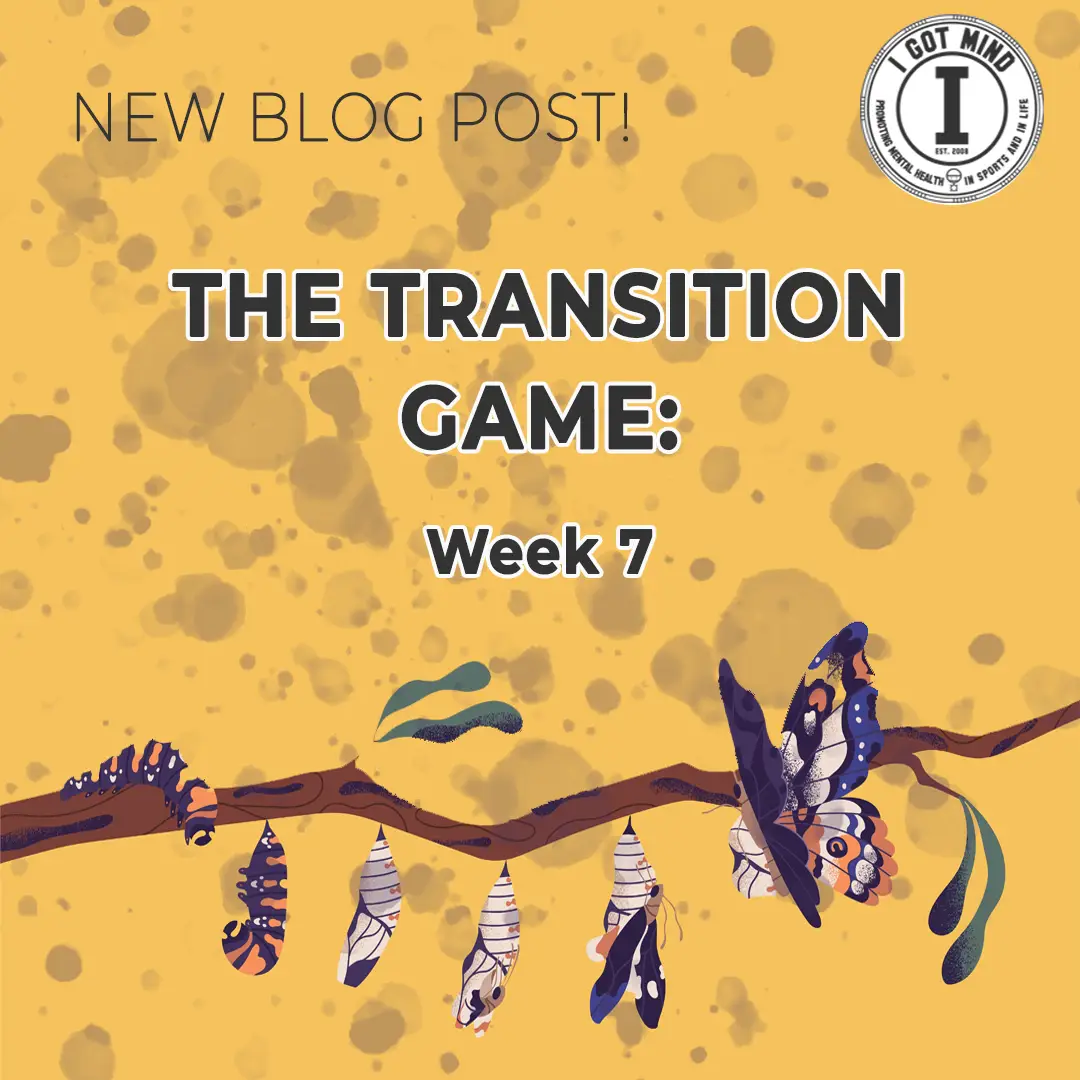
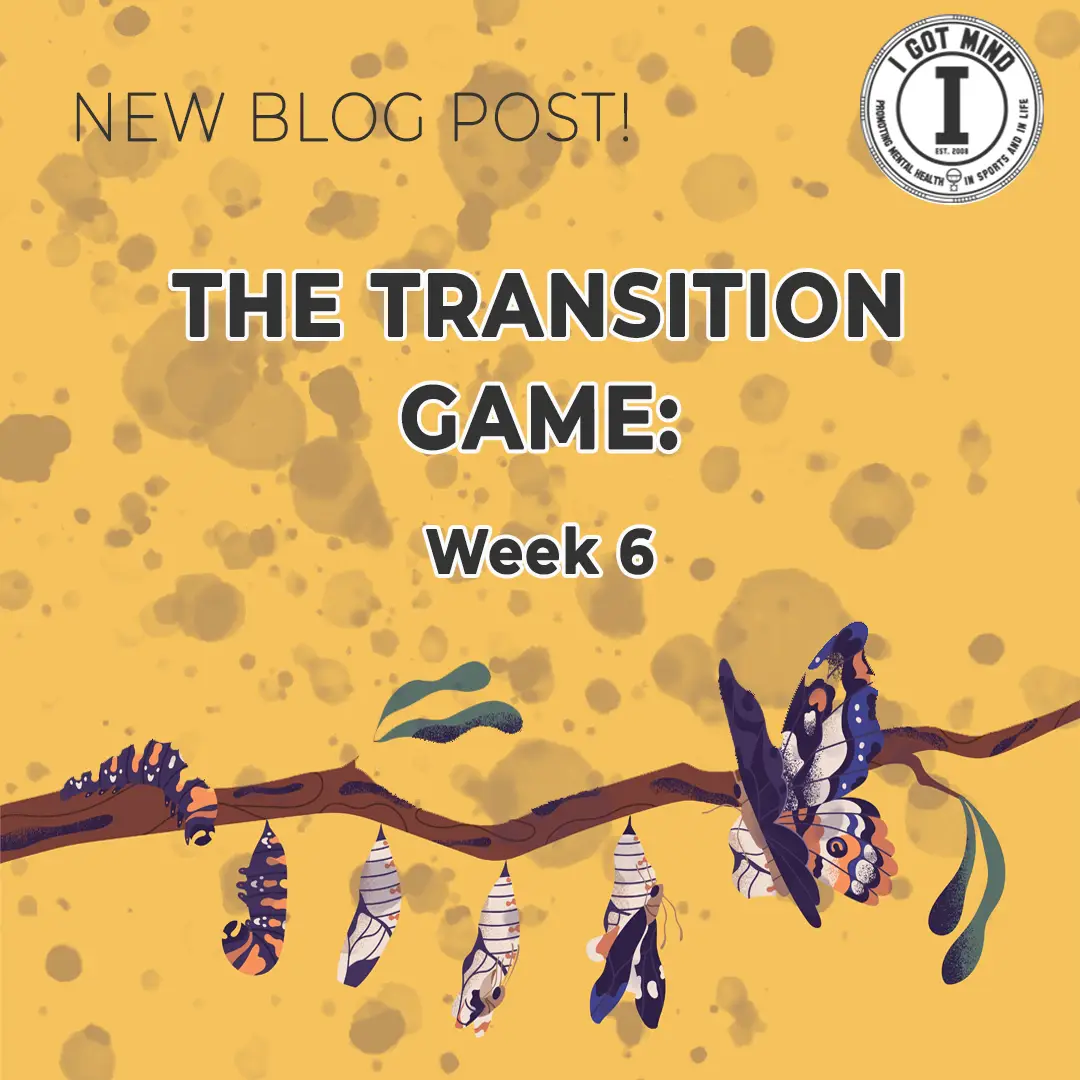
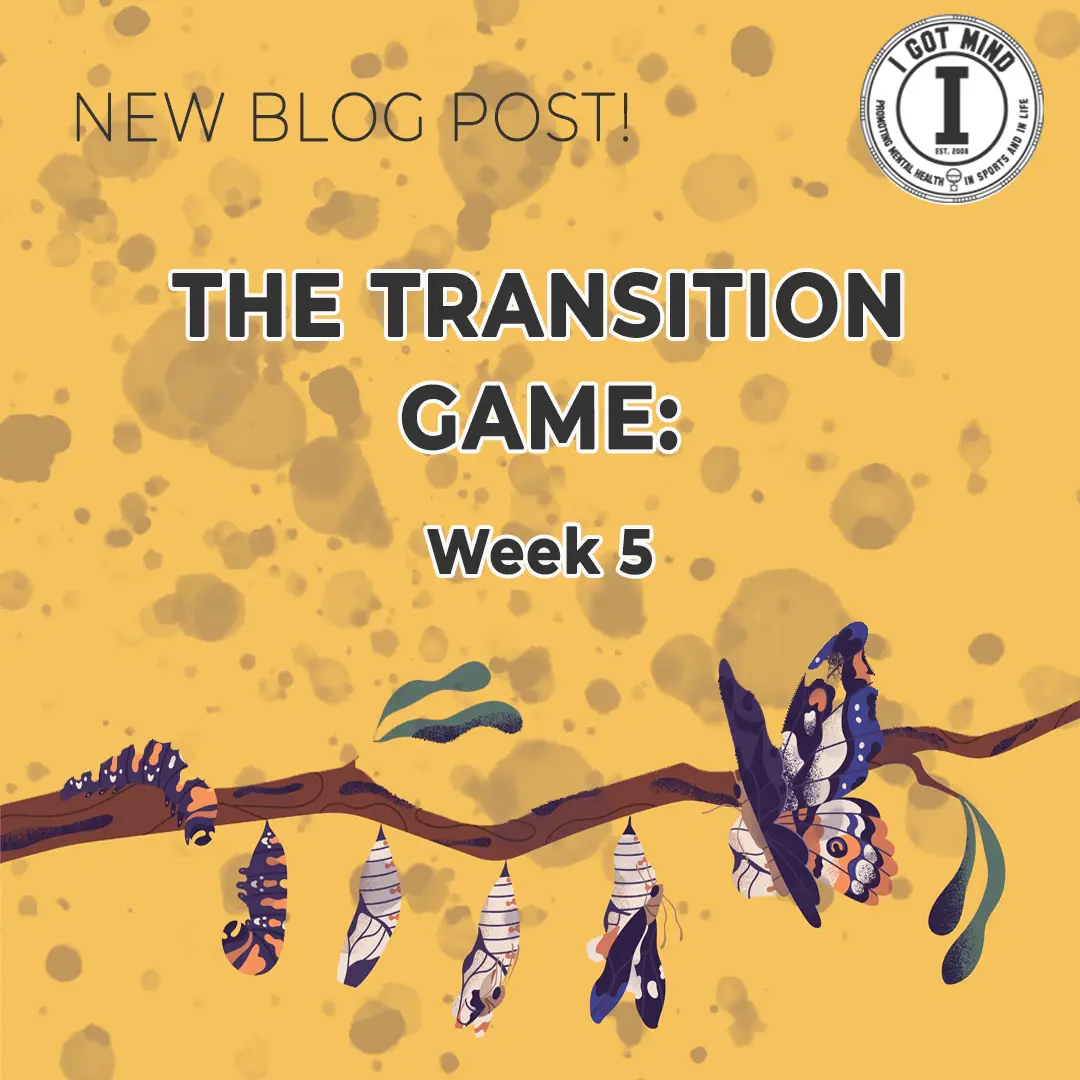

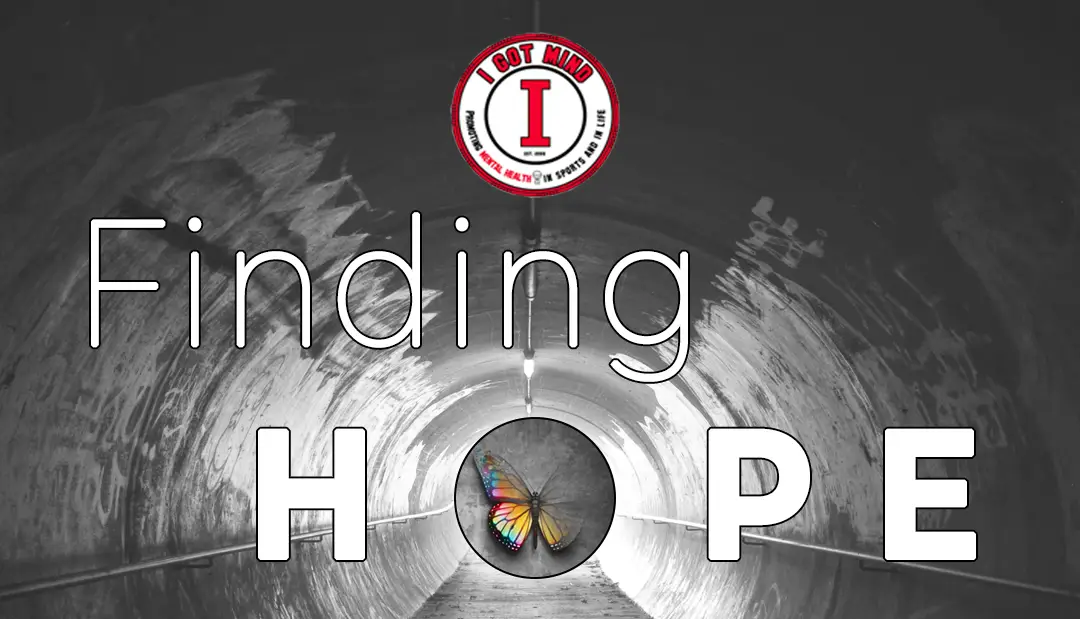
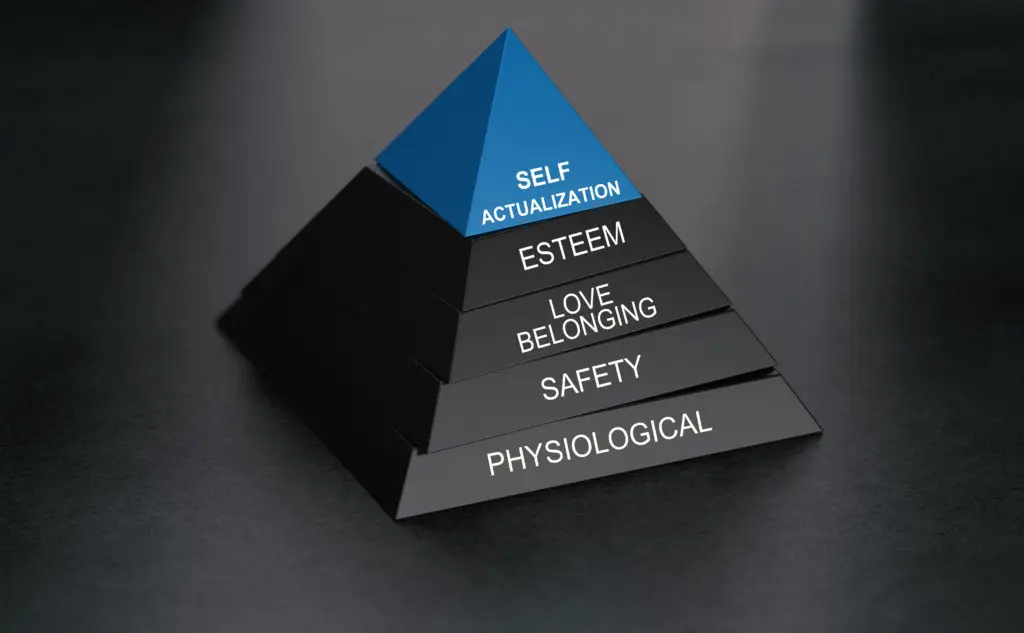
 ) and international suicide research we collected in the past month:
) and international suicide research we collected in the past month: Canadian Patient Safety Institute & Mental Health Commission of Canada. (2021).
Canadian Patient Safety Institute & Mental Health Commission of Canada. (2021). 
